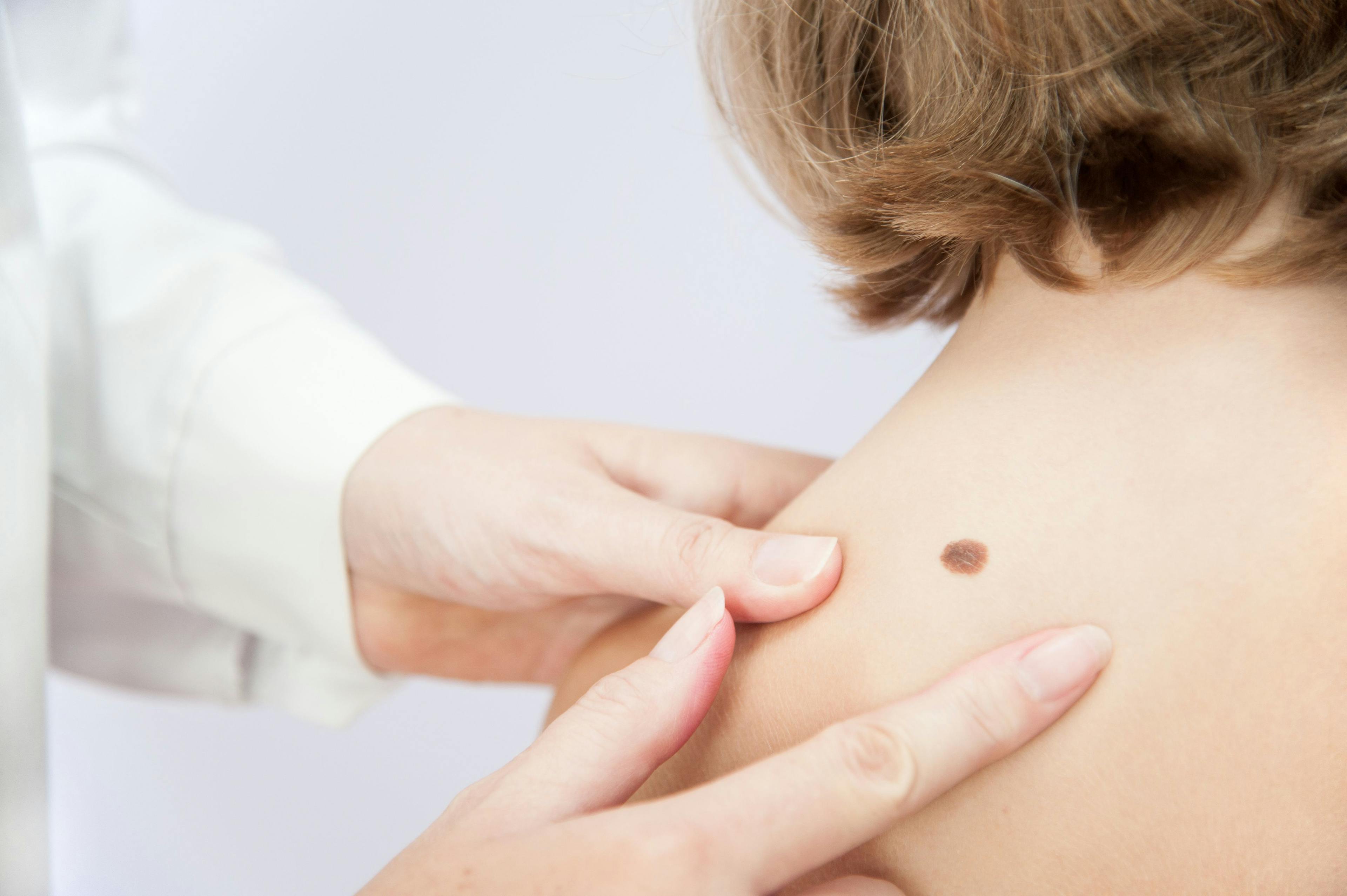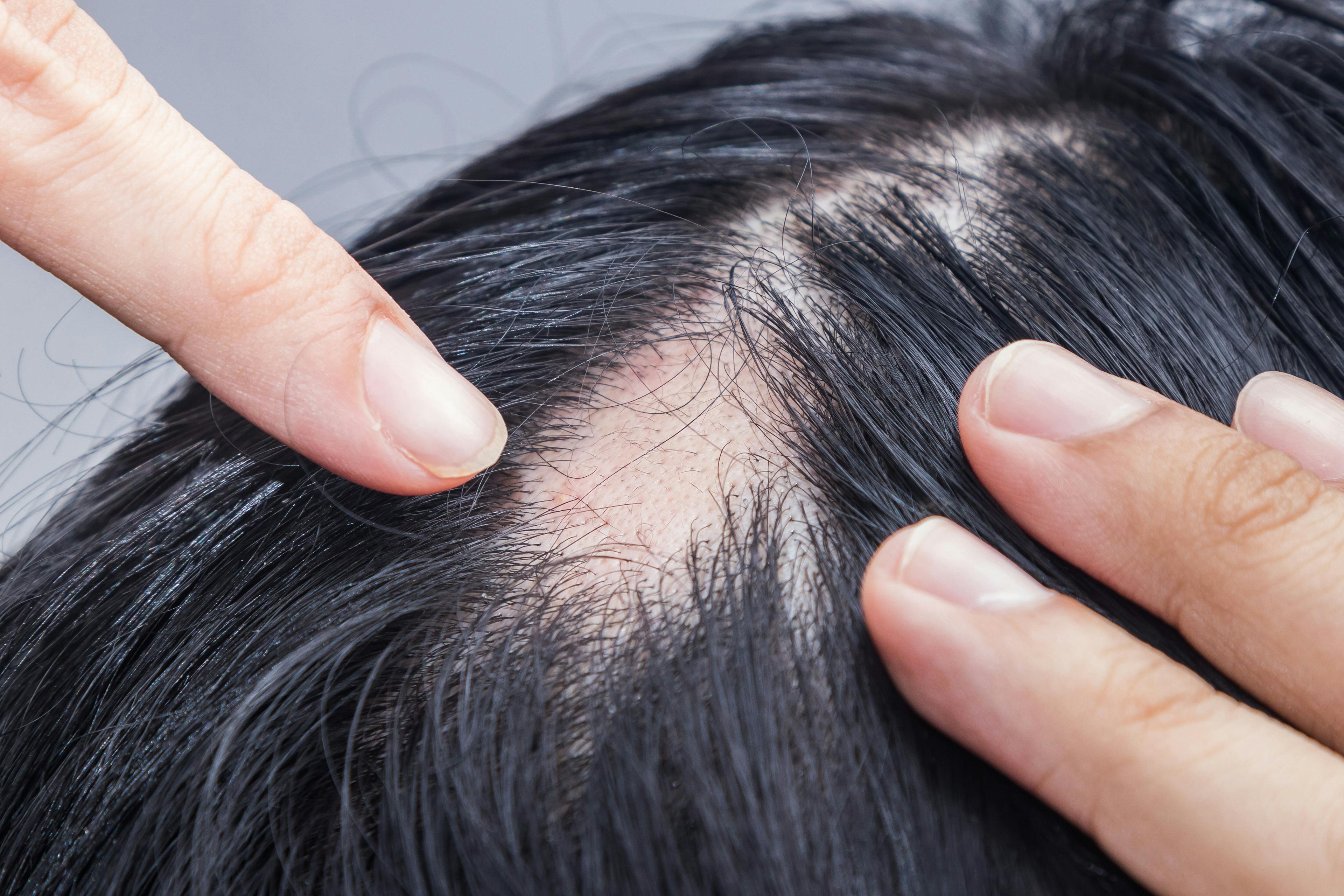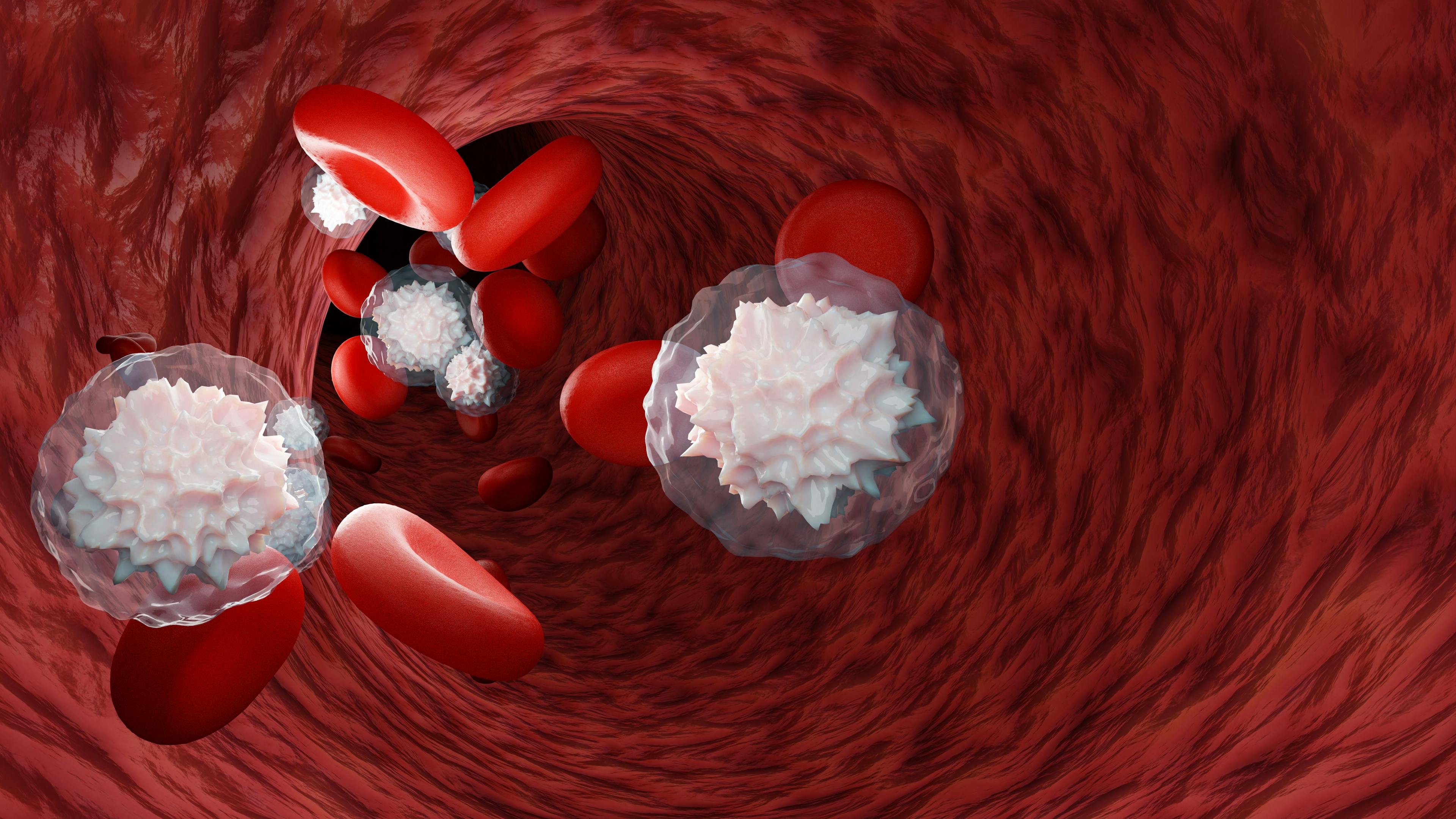- Acne
- Actinic Keratosis
- Aesthetics
- Alopecia
- Atopic Dermatitis
- Buy-and-Bill
- COVID-19
- Case-Based Roundtable
- Chronic Hand Eczema
- Chronic Spontaneous Urticaria
- Drug Watch
- Eczema
- General Dermatology
- Hidradenitis Suppurativa
- Melasma
- NP and PA
- Pediatric Dermatology
- Pigmentary Disorders
- Practice Management
- Precision Medicine and Biologics
- Prurigo Nodularis
- Psoriasis
- Psoriatic Arthritis
- Rare Disease
- Rosacea
- Skin Cancer
- Vitiligo
- Wound Care
Publication
Article
Dermatology Times
2022 Top Trends and What’s Next in Dermatology
Author(s):
Dermatology Times®’ Editorial Board offers insight on what they loved about 2022, and what they hope to see in 2023.
What a year it has been for dermatology! Medical approvals from dupilumab for prurigo nodularis to deucravacitinib for psoriasis to ruxolitinib for vitiligo have created new and dramatic treatments for these disorders, and everyone in the dermatology space is excited about what the future of JAK inhibitors may hold. They are also anticipating new devices designed to further progress treatment in the medical and aesthetic fields. Here is what some of our editorial advisory board members have to say about medical breakthroughs in 2022, the good and the bad in dermatology trends, and their personal wish lists for 2023.1
Zoe Diana Draelos, MD, editor in chief, Dermatology Times®:
I think the top trend for dermatology was shortages. No lidocaine. No preserved saline. No unpreserved saline. It was a year of trying to find the supplies necessary to be a dermatologist. The most exciting approval was topical roflumilast with a new FDA-approved vehicle excipient. Next year we should see the approval of topical roflumilast for other indications, such as atopic dermatitis. Roflumilast is the first major nonsteroidal cream for multiple dermatologic indications, psoriasis, atopic dermatitis, seborrheic dermatitis, etc.
Renata Block, MMS, PA-C:
The biggest trend for my patients is going makeup free and the desire to up the skin care regimen ante, particularly with the use of sunscreen and requesting prescription tretinoin. “Slugging” has been trending on social media [slathering on something like petroleum jelly at night to seal in moisture on the face], but it [is] something that has been recommended in my practice for as long as I can remember. I am glad it has a name now. Skin of color is front and center and has been exploding on the podium and in photos for educational materials. This was long overdue. In 2022, I started targeting androgens within the skin with topical clascoterone cream, which has been a game changer for my male patients [with acne] who didn’t have an oral option such as spironolactone. Finally, I was excited to see the role of JAK inhibitors come to fruition and be able to offer my patients novel treatments for their atopic dermatitis and different options for psoriasis, but the most exciting to me was being able to offer a ruxolitinib cream for vitiligo and baricitinib tablets for alopecia areata. I look forward to following my patients on their journey and improvement of their quality of life.
For 2023, I am watching lebrikizumab––the IL-13 receptor inhibitor––for atopic dermatitis, with the possible once-a-month dosing and decreased risk of conjunctivitis. [I also look forward to] more collaborative efforts among dermatologists and advanced practice providers (APPs) in regard to writing, research, recognition, and patient outreach.
Ranella Hersh, MD, FAAD:
Social media is behind many of the 2022 trends in dermatology. Influencers are driving patients––something that dermatologists can be leery of, due to the dissemination of misinformation. The emergence of TikTok as a de facto news source has massively brought this to reality.
More than any specific device, [my] wish [for 2023 is] that dermatologists as a unified group would be better able to represent the authoritative stakeholders in the knowledge of treating hair, skin, and nail concerns. So much of the messaging now relates more to presenting nuggets of entertainment, which almost uniformly does not do justice to the complexity of the specialty. It is critical we make sure that accurate messaging is reaching our patients.
Deanne Mraz Robinson, MD, FAAD:
[Regarding trends,] I would say it was the rise of multichain multispecialty groups, consumer perception of skin cycling vs reality, the looming recession, and change in patient spending from zoom to boom, as well as combination therapy for aesthetics.
Tina Alster, MD, FAAD:
Top trends include PRP [platelet-rich plasma] injections for androgenic alopecia in both men and women as well as medical microneedling for a wide range of dermatologic conditions, including traumatic/acne/surgical scars, striae distensae, enlarged pores, and rhytides. Combination laser treatments and injections [offering] enhanced clinical outcomes have become the norm in aesthetic dermatology. They have largely replaced traditional surgical procedures and provide aesthetically natural results.
Mark Lebwohl, MD:
There were several top trends in 2022. First, with the recent introduction of nonsteroidal topicals for inflammatory skin diseases (ruxolitinib cream for eczema and vitiligo, tapinarof cream and roflumilast cream for psoriasis) and the introduction of deucravacitinib orally, the treatment of inflammatory skin diseases has changed dramatically. In addition to those innovations, emerging safety data on biologics for psoriasis and for atopic dermatitis have increased the use of those therapies. On the diagnostic front, more dermatologists have been turning to genetic tests, including the GEP31 for melanoma to assess prognosis of melanomas more than 0.3 mm in depth.
My wish list for 2023 includes approvals for more JAK inhibitors for vitiligo and for alopecia areata; approval of more biologics for the treatment of atopic dermatitis; and approval of the long-awaited bimekizumab for psoriasis and psoriatic arthritis.
Corey L. Hartman, MD, FAAD:
I’m excited about ellacor [System], exosomes, genetic sequencing in skin care and combination therapies. My wish list for 2023 is getting an ellacor (at the top on my list). I’m also looking at an Agnes laser.
Helen M. Torok, MD:
The top trend in dermatology in 2022 was the focus on atopic dermatitis, vitiligo, alopecia areata, and psoriasis. The JAKs [Janus kinase inhibitors] and the TYK2 [tyrosine kinase 2] were center stage. The addition of oral JAK inhibitors as upadacitinib [Rinvoq] and abrocitinib [Cibinqo] has changed the thinking on atopic dermatitis. We now have fairly safe oral medications for children aged 12…and older who are averse to injections. And results are seen within 2 weeks. The FDA approval of the TYK2 for psoriasis gives another oral option without a black box warning .
The approval of dupilumab [Dupixent] for children aged 6 months and older [for atopic dermatitis] was a much needed and awaited approval. Additionally, the approval of baricitinib [Olumiant] for alopecia areata is groundbreaking: we have FDA-approved drugs that insurance now can cover. It truly is an exciting and satisfying time to be in dermatology as we now have so many safe options to treat our chronic diseases in all age groups.
My wish list for 2023 includes better coverage for our drugs, safer drugs for acne, [and] the 1726 laser for acne to be more cost effective and available for all….
Will Kirby, DO, FAOCD:
By far, the biggest trend in aesthetic dermatology for 2022 was the meteoric rise of the multichain groups. I am of course biased, but it’s very clear that safe and effective aesthetic treatments will become much more widely available as these companies continue to grow. Nurse practitioners and physician assistants offer more dermatological care today than ever in the past, and all evidence points to a future where degree diversity and inclusivity is embraced by patients. It’s time that we embrace all types of clinicians in our industry.
In-person attendance at industry meetings continues to fall, and fall dramatically. [Although] these organizations guard their paid attendee numbers vehemently, clinicians and pharmaceutical companies have become acutely aware that traditional, physician-led conferences no longer are a guaranteed draw. Lack of innovation, lack of true clinical advancements, questionable integrity, and low-value content are some of the main reasons anecdotally cited.
We desperately need a treatment for cellulite. The company that finally offers a solution to that ubiquitous problem will quickly have a billion-dollar valuation, as all previous treatments have fallen far short. The main issue that few people openly speak about is the lack of true innovation in aesthetic dermatology. Where are the novel injectables? Where are game-changing energy-based devices? My biggest wish for 2023 is true technological advancements for our area of subspecialization.
Reference
- Novel drug approvals for 2022. FDA. Updated November 14, 2022. Accessed November 14, 2022. https://www.fda.gov/drugs/new-drugs-fda-cders-new-molecular-entities-and-new-therapeutic-biological-products/novel-drug-approvals-2022

Newsletter
Like what you’re reading? Subscribe to Dermatology Times for weekly updates on therapies, innovations, and real-world practice tips.


























